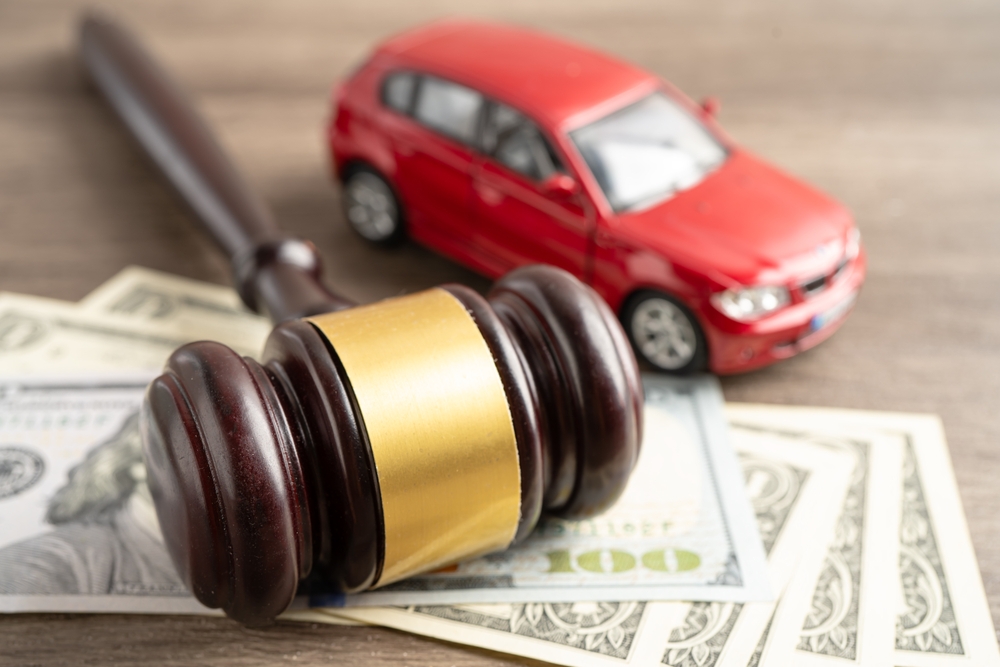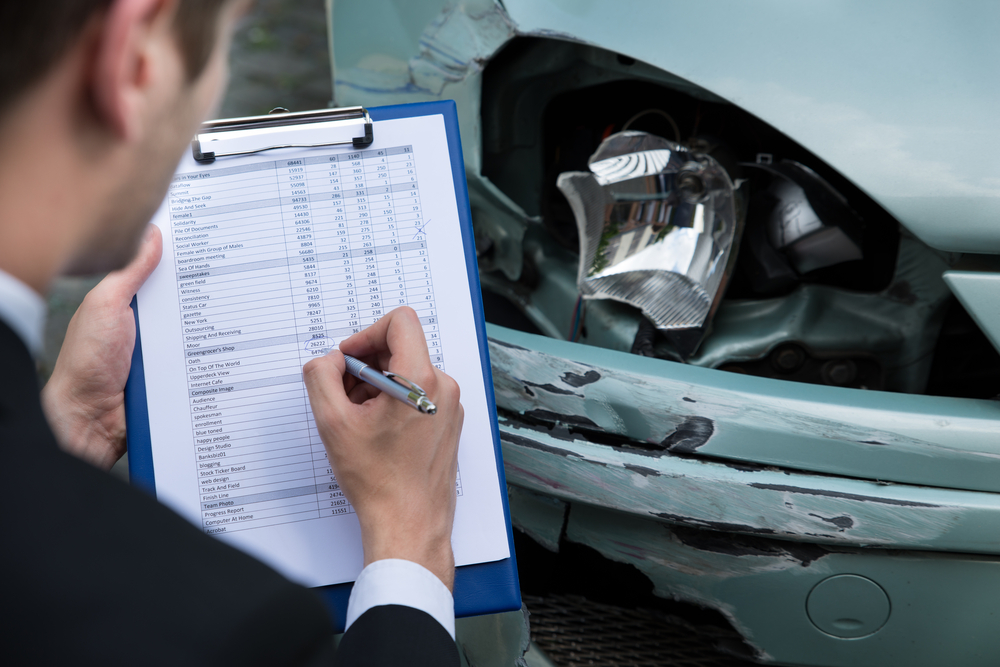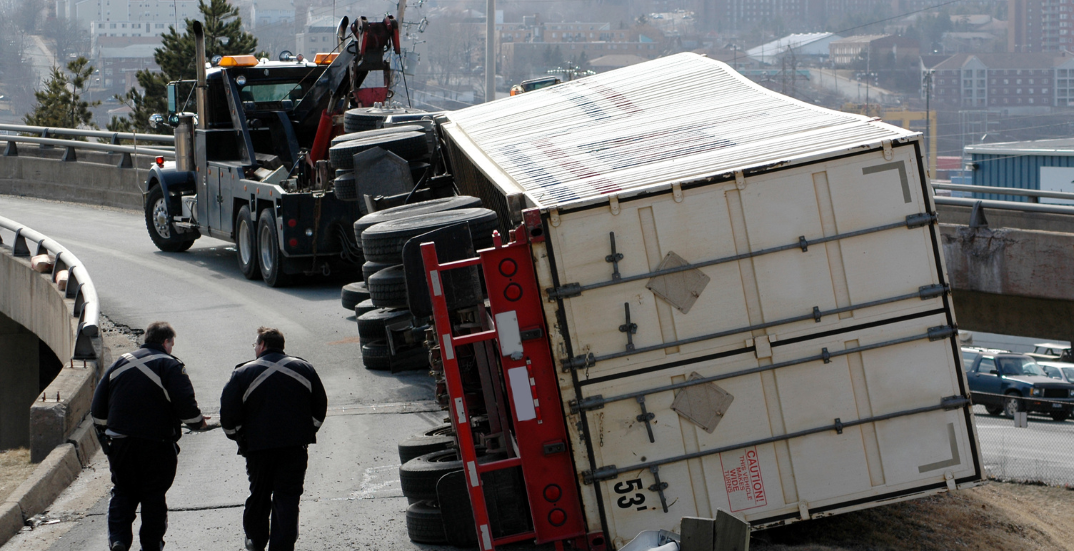Car accidents can be life-altering, leading to physical injuries, emotional distress, and significant financial burdens. Understanding the state’s modified comparative negligence rule is crucial when pursuing a personal injury claim in West Virginia.
This rule is pivotal in determining your compensation after an accident. At Manchin Ferretti Injury Law, we want to guide you through this legal landscape to ensure you are well informed about how your claim may be affected.
Understanding Comparative Negligence
Comparative negligence assigns fault proportionally in accidents. It acknowledges multiple parties’ potential contributions, adjusting compensation accordingly. Unlike contributory negligence, which can bar recovery entirely, this system allows partial recovery based on relative fault.
West Virginia’s Modified Comparative Negligence Rule
The modified comparative negligence rule in West Virginia follows the “51% Bar Rule.” Key points include:
- Eligibility for Compensation: In accidents, recovery is possible if the injured party’s fault is 50% or less. Exceeding this threshold precludes compensation.
- Compensation Reduction: If the injured party is found partially at fault, their compensation is reduced proportionately to their degree of fault.
- Bar to Recovery: If the injured party is 51% or more at fault, they cannot recover compensation.
Example Calculation:
| Fault Percentage | Total Damages | Compensation Received |
| 30% | $100,000 | $70,000 |
| 50% | $100,000 | $50,000 |
| 51% | $100,000 | $0 |
How Fault is Determined
Determining fault in a car accident involves a thorough investigation of the circumstances. Factors considered include:
- Traffic laws and violations
- Eyewitness accounts
- Police reports
- Evidence from the accident scene
Each party’s actions are scrutinized to assign a percentage of fault. For instance, both drivers may share fault if one runs a red light while the other speeds.
The Impact on Your Compensation
Modified comparative fault affects compensation as follows:
- Medical costs: Covers treatment and hospital fees
- Income loss: Reimburses wages forfeited due to injury
- Vehicle damage: Pays for auto repairs or replacement
- Non-economic damages: Addresses physical pain and emotional trauma
Your fault percentage reduces compensation in each category.

Working with experienced attorneys like us at Manchin Ferretti Injury Law can help minimize your fault percentage and maximize your compensation.
The Role of Insurance Companies
Insurance companies are crucial in the claims process. They conduct investigations and determine fault, impacting your compensation. When dealing with insurance companies:
- Be cautious with statements: Avoid making statements that could be used against you.
- Consult an attorney: We can help communicate with insurers and protect your rights.
- Negotiate settlements: Our team can negotiate fair settlements on your behalf.
Common Scenarios Involving Comparative Negligence
Here are some common scenarios where the modified comparative negligence rule may apply:
- Rear-End Collisions: The rear driver is typically at fault, but if the lead driver stopped suddenly without signaling, they might share some fault.
- Pedestrian Accidents: A pedestrian jaywalking may be partly at fault, but a speeding or distracted driver may also bear responsibility.
- Multi-Vehicle Accidents: Fault can be divided among several drivers, depending on each driver’s contribution to the accident.
Proving Fault and Defending Against Claims
Even if the other party denies fault, gathering strong evidence can help you prove your claims. Key types of evidence include:
- Photographs and Videos: Capture the accident scene, vehicle damage, and road conditions.
- Eyewitness Testimonies: Provide accounts of the incident from unbiased witnesses.
- Police Reports: Include details of traffic violations and official observations.
- Expert Analysis: Accident reconstruction experts can offer professional insights into the causes of the accident.
Defending against claims of comparative negligence involves:
- Challenging evidence: Disputing the opposing party’s claims.
- Presenting a compelling case: Highlighting the other party’s negligence and mitigating your fault.
The Importance of Legal Representation
Navigating West Virginia’s modified comparative negligence rule can be complex. Having experienced legal representation is invaluable. At Manchin Ferretti Injury Law, we offer:
- Personalized legal counsel: Tailored advice specific to your case.
- Aggressive advocacy: We fight for your rights and best interests.
- Proven track record: Success in handling car accident claims.

Conclusion
At Manchin Ferretti Injury Law, our seasoned accident attorneys have in-depth knowledge of West Virginia’s legal landscape. We help you with car accident claims, ensuring our clients’ rights are legally protected.
If you’ve sustained injuries in a car accident, you likely have numerous questions about your legal standing and available options. We’re here to provide clarity and support during this challenging time. We invite you to contact our office for a no-cost, no-obligation consultation. During this meeting, we’ll discuss the specifics of your case, explain relevant laws, and outline potential strategies for pursuing compensation.
Our goal is to alleviate the legal burden from your shoulders, allowing you to focus on recovery while we handle the intricacies of your claim. With our guidance, you can confidently approach the legal process, knowing that experienced professionals are advocating for your best interests.





